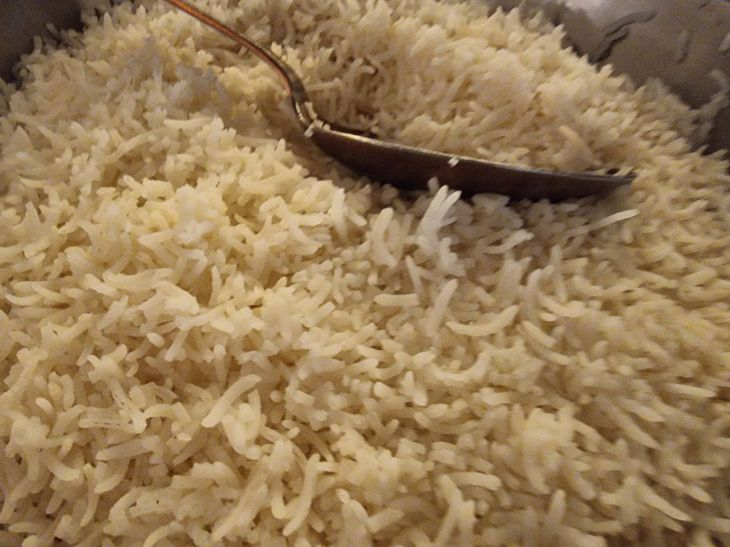Rice seems like a simple side dish that can't be messed up.
However, for some reason it always comes out sticky, overcooked and more like glue than an appetizing dish.
You open the lid of the pot hoping for crumbly grains, only to find sheer disappointment. Sound familiar? Let's figure out what's going wrong and turn this capricious product into your culinary ally.

The first reason for failure is water. Many people pour it by eye, thinking that the rice itself will figure out how much it needs. But this is a mistake.
For most varieties, such as long-grain basmati or jasmine, the ratio is simple: one part rice to two parts water. If you overdo it, the grains will absorb the excess moisture and turn into mush.
But round rice, which is often used for pilaf or sushi, requires slightly less liquid, about 1.5 parts. Before cooking, look at the package - there are usually precise recommendations.
Next comes the rinsing. Have you noticed how the water becomes cloudy when you soak rice? This is starch that comes out of the grains. If you don't remove it, it will stick the rice together during the cooking process.
Rinse the grains under cold water until the liquid runs clear. This will take a few minutes, but the results are worth it.
In Asia, where rice has been cooked for centuries, this step is never skipped. Sometimes it is even recommended to soak it for 20-30 minutes before cooking - this way the grains retain their shape better.
Fire also plays a role. Many people put the pot on high heat and leave it there until the end, and then wonder why everything burns or boils over.
The secret is to bring the water to a boil, then immediately reduce the heat to low. Cover and leave it for 10-12 minutes. Lifting the lid to check is a bad idea. The steam escapes, the temperature drops, and the rice cooks unevenly.
For long-grain varieties, this time is enough, and after turning off the stove, let it stand for another five minutes - it will reach the desired condition.
The pan also matters. A thin bottom conducts heat unevenly, and the bottom layer can burn while the top layer is still raw.
It is better to take a thick-bottomed dish or even a cauldron if you are cooking pilaf. But you should not stir the rice during cooking - this damages the grains and makes them sticky.
If you follow these simple steps, your rice will turn out just like the ones you get at a restaurant.
The right proportion of water, careful rinsing and control of the heat are what will save your side dish from turning into an incomprehensible mass. Try it next time and you will be surprised how easy it is.








